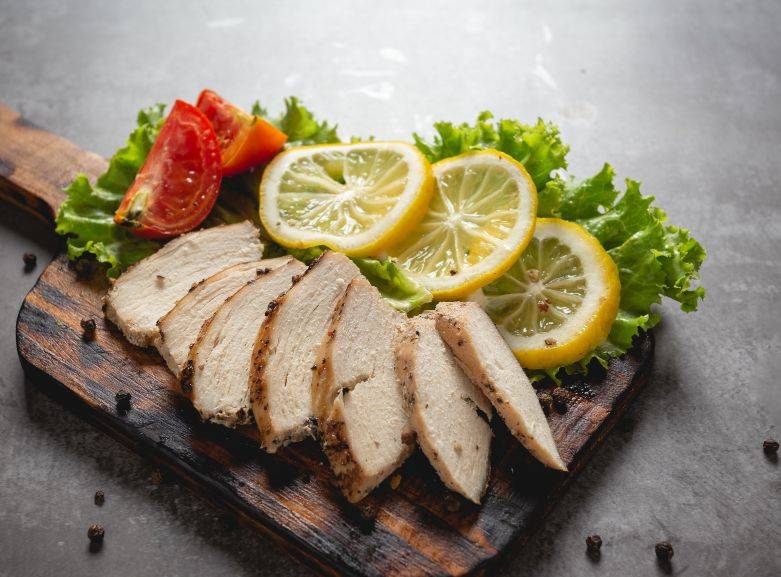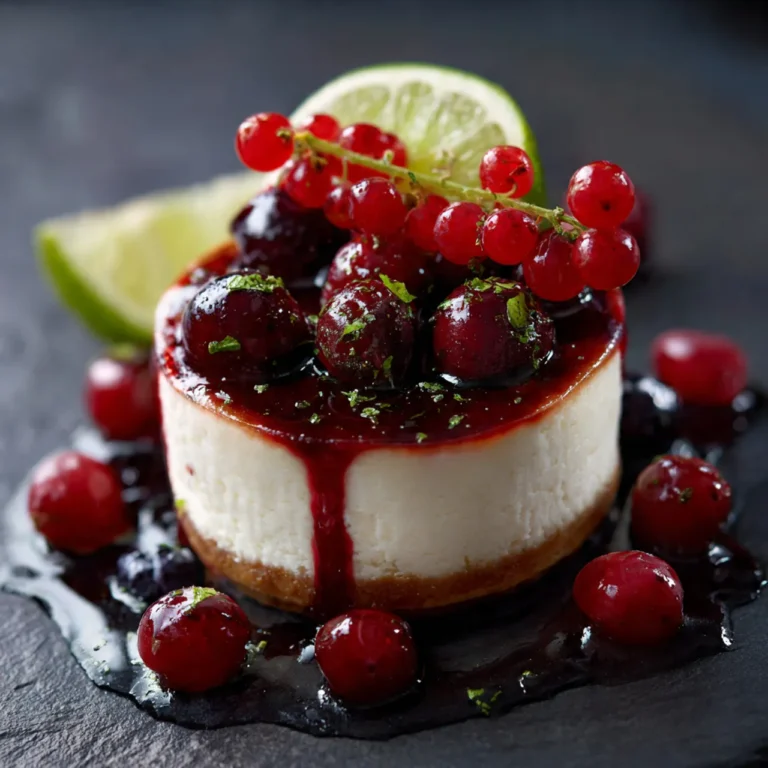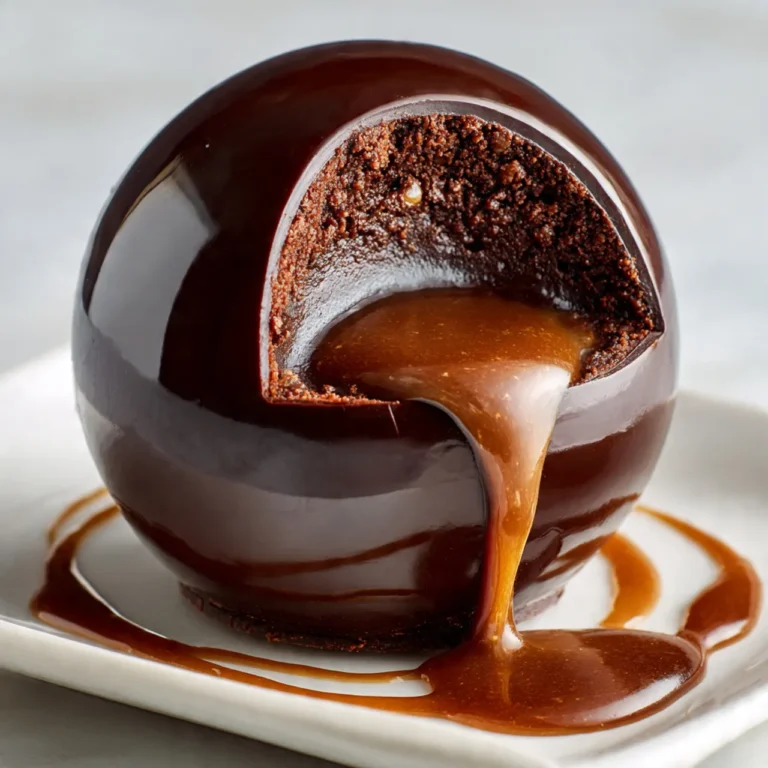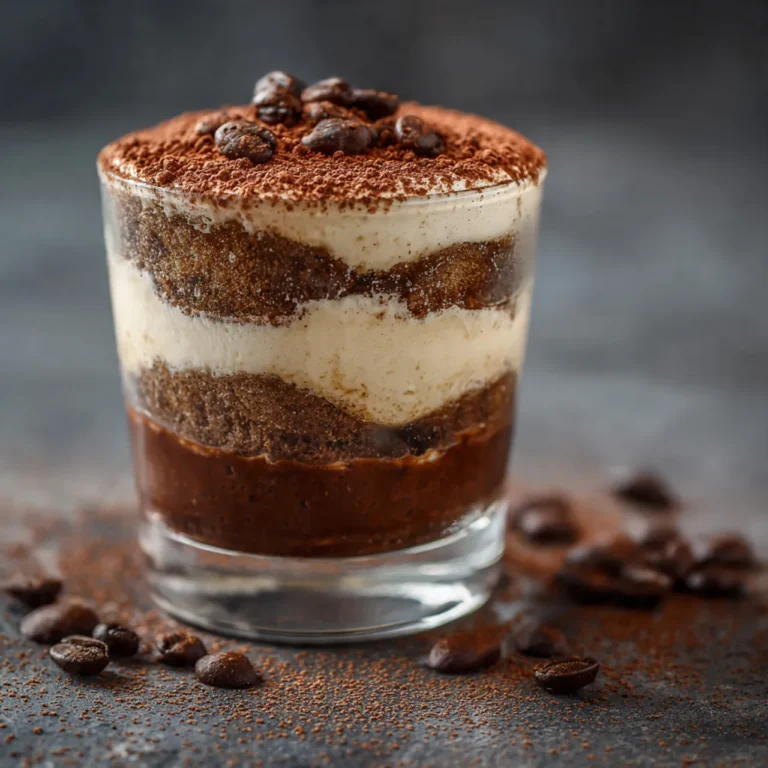Smoked chicken breasts offer a delectable and flavorful culinary experience, especially when prepared with care. This cooking method involves smoking the chicken over low heat using wood chips or pellets, which imparts a unique, smoky flavor to the meat. Let’s delve into the process of preparing and enjoying smoked chicken breasts:
Ingredients
- Chicken Breasts: Opt for skin-on, bone-in breasts as they tend to retain more moisture during the smoking process.
- Brine (Optional): You can create a brine with water, salt, and sometimes sugar and spices. This step is crucial for marinating the chicken to enhance its flavor and juiciness.
- Rub: Prepare a blend of spices and herbs, such as paprika, garlic powder, onion powder, salt, and black pepper, to add flavor to the chicken.
- Wood Chips or Pellets: Choose from popular options like hickory, applewood, or mesquite for smoking the chicken.
Equipment
- Smoker: You can use an electric, gas, charcoal, or wood-fired smoker.
- Thermometer: This is essential to ensure the chicken reaches a safe internal temperature.
Preparation
- Brining (Optional): If you decide to brine, immerse the chicken breasts in the brine and refrigerate them for a few hours or overnight.
- Seasoning: After brining, pat the chicken dry and apply the rub evenly on all sides.
- Prepping the Smoker: Heat your smoker to about 225°F (107°C) and add your chosen wood chips or pellets.
Smoking Process
- Placing the Chicken: Arrange the chicken breasts in the smoker, making sure they’re not touching to ensure even cooking.
- Monitoring: Keep the smoker at a consistent temperature, checking periodically and adding more wood chips or pellets as needed.
- Cooking Time: Depending on the size of the breasts and the smoker’s temperature, the smoking process usually takes 1 to 2 hours.
- Checking Temperature: The chicken is ready when it reaches an internal temperature of 165°F (74°C). Always use a meat thermometer to check.
Serving
- Resting: Allow the chicken to rest for a few minutes after removing it from the smoker to help retain its juices.
- Slicing: Cut the chicken against the grain for tender pieces.
- Accompaniments: Pair it with sides like coleslaw, grilled vegetables, or a fresh salad for a complete meal.
Tips
- Avoid Overcooking: To prevent the chicken from becoming dry, it’s crucial to monitor the internal temperature closely.
- Flavor Experimentation: Feel free to try different wood types and rubs to discover your favorite flavor combinations.
- Safety First: Always ensure the chicken is cooked to the safe internal temperature of 165°F (74°C).
Preparing Your Chicken
The key to a perfect smoked chicken breast lies in its preparation. Brining the chicken can enhance its moisture and flavor. For more chicken recipe ideas, including how to prepare your poultry, check out 11 Easy Chicken Recipes for Every Cook.
Smoking Process
Smoking chicken breasts requires patience and control over the cooking temperature. The goal is to achieve a tender, juicy interior with a flavorful, smoky exterior. For those new to cooking or looking to involve kids in the kitchen, Kids Can Cook: Fun and Easy Chicken Recipes offers a great way to get started with simple, delicious recipes.
Serving and Pairing
Once your smoked chicken breasts are ready, pairing them with the right side dishes can elevate your meal. A light, healthy salad can be a great accompaniment. For salad ideas, visit How to Make Salads Faster: Speedy Recipes for Healthy Eating.
Selecting the Best Chicken Breasts
Selecting the best chicken breasts for your cooking needs, especially for dishes like smoking, grilling, or baking, is crucial for achieving the best flavor and texture. Here are some tips to help you choose the best chicken breasts:
1. Freshness
- Check the Sell-By Date: Always look at the sell-by or use-by date on the packaging. Fresher chicken not only tastes better but is also safer to consume.
- Appearance and Smell: The chicken should have a pinkish hue and not look gray or dull. It should not have any off-putting or sour smells.
2. Quality of Chicken
- Organic Options: Consider organic chicken breasts, which are from chickens raised without antibiotics and often have a better flavor profile.
- Free-Range: Free-range chickens typically have access to the outdoors and generally yield meat that’s more flavorful and tender.
- No Added Hormones or Steroids: In many countries, including the U.S., it’s illegal to use hormones or steroids in poultry. However, checking labels for these claims can assure you of the quality.
3. Size and Cut
- Uniform Size: For even cooking, especially when grilling or baking, choose chicken breasts that are uniform in size and thickness.
- Bone-In vs. Boneless: Bone-in chicken breasts often retain more moisture during cooking, making them ideal for smoking or roasting. Boneless breasts are more convenient for quick cooking methods.
4. Skin-On or Skinless
- Skin-On: Skin-on breasts provide more flavor and help keep the meat moist during cooking, which is particularly beneficial for smoking or roasting.
- Skinless: Choose skinless breasts for a leaner option, especially if you’re watching your calorie intake or prefer quicker cooking methods.
5. Packaging
- Vacuum-Sealed: Vacuum-sealed packaging can often preserve the freshness of the chicken longer than traditional packaging.
- No Excess Liquid: Avoid packages with a lot of liquid, as this can be a sign of poor handling or older product.
6. Ethical and Sustainable Practices
- Certifications: Look for certifications like “Certified Humane” or “Global Animal Partnership” if animal welfare and sustainable farming practices are important to you.
7. Price
- Budget-Friendly Options: While premium options like organic or free-range can be more expensive, there are also budget-friendly choices that still offer good quality. Balance your budget with the quality and type of chicken that suits your cooking needs.
Preparing for the Perfect Smoke
Preparing for the perfect smoke, especially when smoking meats like chicken, pork, or beef, is an art that combines patience, skill, and attention to detail. Here’s a guide to help you set up for a successful smoking session:
1. Choose the Right Meat
- Quality Matters: Select high-quality meats appropriate for smoking. Fattier cuts like pork shoulder or brisket are ideal as they remain moist during the long cooking process.
- Preparation: For chicken, consider brining or marinating it beforehand to enhance flavor and moisture.
2. Select Your Wood
- Type of Wood: Different woods impart different flavors. Hickory and mesquite are strong-flavored, while apple and cherry woods are milder.
- Chips, Chunks, or Pellets: Depending on your smoker, choose the appropriate form of wood. Chips and pellets are suitable for electric or gas smokers, while chunks work well with charcoal or wood smokers.
3. Know Your Equipment
- Types of Smokers: Familiarize yourself with your smoker, whether it’s electric, gas, charcoal, or wood-fired. Each type has its own quirks and methods.
- Temperature Control: Maintaining a consistent temperature is key. Most smoking is done at 225°F to 250°F (107°C to 121°C).
4. Preheat Your Smoker
- Start Early: Preheat your smoker well in advance. It should reach the desired temperature before you place the meat inside.
- Water Pan: If your smoker has a place for a water pan, use it. It helps maintain temperature and adds humidity.
5. Prepare Your Meat
- Room Temperature: Bring the meat to room temperature before smoking. This helps it cook more evenly.
- Dry Rubs and Seasonings: Apply your chosen seasonings or rubs just before placing the meat in the smoker.
6. Smoking Process
- Don’t Overcrowd: Ensure there’s enough space around each piece of meat for the smoke to circulate.
- Monitor Temperature: Use a meat thermometer to check internal temperatures and a smoker thermometer to monitor the smoker’s temperature.
- Patience is Key: Smoking is a slow process. Resist the urge to open the smoker frequently, as this can cause temperature fluctuations.
7. Resting the Meat
- Rest Before Cutting: Once the meat reaches the desired internal temperature, let it rest for a while. This allows the juices to redistribute, resulting in a more tender and flavorful meat.
8. Safety Considerations
- Proper Ventilation: Ensure your smoking area is well-ventilated.
- Fire Safety: Keep a fire extinguisher nearby and never leave the smoker unattended.
Smoking Techniques and Tips
Smoking meat is a culinary craft that requires both patience and skill. Here are some essential techniques and tips to help you master the art of smoking, ensuring delicious and perfectly smoked meats every time.
1. Low and Slow
- Maintain Low Temperatures: The key to successful smoking is cooking at low temperatures over a long period. Typically, this means maintaining a temperature range of 225°F to 250°F (107°C to 121°C).
- Patience is Essential: Smoking can take several hours, depending on the type and cut of meat. Rushing the process can lead to undercooked or tough meat.
2. Wood Selection
- Match Wood to Meat: Different woods impart different flavors. For example, hickory and mesquite are great for red meats, while fruit woods like apple and cherry are better for poultry and fish.
- Experiment: Don’t be afraid to mix different woods to create a unique flavor profile.
3. Smoke Control
- Avoid Over-Smoking: Too much smoke can make the meat taste bitter. Aim for a thin, blue smoke rather than thick, white smoke.
- Ventilation: Proper airflow in the smoker is crucial. Adjust vents to control the smoke and temperature.
4. Meat Preparation
- Brining and Marinating: For poultry and pork, consider brining or marinating for several hours before smoking to enhance flavor and moisture.
- Dry Rubs: Apply a rub of your choice to the meat before smoking. Rubs can add complex flavors and help form a delicious crust (bark).
5. Temperature Management
- Use a Thermometer: Always use a meat thermometer to check the internal temperature of your meat. This is the most reliable way to ensure it’s cooked perfectly.
- Avoid Constant Opening: Every time you open the smoker, you lose heat and smoke. Open only when necessary.
6. Moisture Control
- Water Pan: Use a water pan inside your smoker to help maintain moisture. This is especially useful for longer smoking sessions.
- Mopping and Spritzing: Some smokers like to mop or spritz their meats with a liquid (like apple cider vinegar) during smoking to add moisture and flavor.
7. Resting the Meat
- Rest Before Serving: After smoking, let the meat rest for at least 15-30 minutes. This allows the juices to redistribute, resulting in a more tender and flavorful dish.
8. Safety and Maintenance
- Clean Your Smoker: Regularly clean your smoker to ensure it functions correctly and to prevent off-flavors.
- Fire Safety: Always monitor your smoker while it’s in use and keep a fire extinguisher nearby.
The Art of Smoked Chicken
Smoked chicken is a culinary delight, revered for its tender texture and rich, smoky flavor. Mastering the art of smoking chicken involves understanding the nuances of preparation, smoking techniques, and flavor enhancement. Here’s a guide to help you perfect the art of smoked chicken:
Choosing the Right Chicken
- Quality Matters: Opt for high-quality, fresh chicken. Free-range or organic chickens often provide better flavor and texture.
- Size and Cut: Whole chickens are popular for smoking, but you can also smoke individual parts like breasts, thighs, or wings. Ensure pieces are uniform in size for even cooking.
Preparation
- Brining: Brining the chicken in a solution of water, salt, and optional aromatics (like herbs and garlic) can enhance juiciness and flavor. Brine for several hours or overnight.
- Seasoning: After brining, pat the chicken dry and apply a dry rub. Choose spices and herbs that complement the natural flavors of chicken and the smokiness from the wood.
Wood Selection
- Choose Wisely: Different woods impart different flavors. Fruit woods like apple and cherry offer a milder, sweeter smoke, ideal for chicken. Hickory and oak provide a stronger flavor.
- Avoid Overpowering: Since chicken has a mild flavor, avoid using too much of the stronger-flavored woods like mesquite, which can overpower the meat.
Smoking Technique
- Temperature Control: Maintain a consistent temperature in your smoker, ideally between 225°F and 250°F (107°C to 121°C).
- Indirect Heat: Use indirect heat for smoking chicken to avoid drying it out. This means the heat source is not directly under the chicken.
- Smoke and Ventilation: Aim for a thin, steady stream of smoke and adjust the vents to maintain proper airflow and temperature.
Monitoring and Cooking Time
- Use a Thermometer: Always use a meat thermometer to ensure the chicken is cooked to the safe internal temperature of 165°F (74°C).
- Cooking Time: Depending on the size and cut of the chicken, smoking can take anywhere from 1 to 4 hours.
Finishing Touches
- Resting: Let the chicken rest for about 10-15 minutes after smoking. This allows the juices to redistribute, resulting in a moist and flavorful chicken.
- Serving: Smoked chicken can be served as is, or you can add a glaze or sauce towards the end of the cooking process for additional flavor.
Tips for Perfect Smoked Chicken
- Avoid Over-Smoking: Too much smoke can make the chicken taste bitter. Aim for a light, blue smoke.
- Keep the Skin On: Smoking chicken with the skin on helps retain moisture.
- Experiment with Flavors: Don’t be afraid to experiment with different rubs, brines, and woods to find your perfect combination.
Side Dishes to Complement Smoked Chicken
Pairing the right side dishes with smoked chicken can elevate your meal, balancing the rich, smoky flavors with a variety of textures and tastes. Here are some side dishes that complement smoked chicken beautifully:
1. Grilled or Roasted Vegetables
- Vegetable Medley: A mix of grilled or roasted vegetables like bell peppers, zucchini, asparagus, and cherry tomatoes can add color and a light charred flavor that pairs well with smoked chicken.
- Seasoning: Toss the vegetables in olive oil, salt, pepper, and herbs like rosemary or thyme before grilling or roasting.
2. Coleslaw
- Classic Coleslaw: A creamy coleslaw with a tangy dressing can provide a refreshing contrast to the smoky chicken.
- Vinegar-Based Slaw: For a lighter option, try a vinegar-based coleslaw with a hint of sweetness.
3. Potato Salad
- Traditional Potato Salad: A classic potato salad with mayonnaise, mustard, and herbs complements the smoky flavors well.
- German Potato Salad: A warm potato salad dressed with a vinegar-based dressing and bacon can be a hearty addition.
4. Cornbread
- Sweet or Savory: Cornbread, whether sweet or savory, is a comforting side that pairs excellently with smoked chicken.
- Add-Ins: Consider adding jalapeños, cheese, or corn kernels to the cornbread for extra flavor.
5. Baked Beans
- Rich and Savory: Baked beans, especially when made with a hint of smokiness and sweetness, can mirror the depth of flavor in smoked chicken.
- Homemade or Canned: You can opt for homemade baked beans or enhance canned beans with additional spices and ingredients.
6. Macaroni and Cheese
- Creamy Comfort: A creamy, cheesy macaroni and cheese can be a crowd-pleaser and pairs well with the smoky chicken.
- Baked Version: A baked version with a crispy breadcrumb topping adds a nice texture contrast.
7. Fresh Salads
- Green Salad: A simple green salad with a light vinaigrette can offer a crisp, refreshing balance.
- Fruit Salads: Salads with fruits like apple, orange, or berries can add a sweet and tangy element that complements the smoky flavors.
8. Rice or Grain Dishes
- Pilaf or Risotto: A flavorful rice pilaf or a creamy risotto can be a satisfying and elegant side dish.
- Quinoa or Farro: For a healthier option, consider quinoa or farro salads with fresh herbs and vegetables.
9. Garlic Bread or Rolls
- Buttery and Crispy: Garlic bread or soft dinner rolls can be great for soaking up any juices or sauces.
10. Pickled Vegetables
- Acidity and Crunch: Pickled cucumbers, onions, or beets can add a nice acidic touch and crunch, cutting through the richness of the smoked chicken.
Health Benefits of Smoked Chicken
Smoked chicken, when consumed as part of a balanced diet, can offer several health benefits. It’s important to note, however, that how the chicken is prepared and what it’s served with can significantly impact its overall nutritional value. Here are some potential health benefits of smoked chicken:
1. High-Quality Protein
- Muscle Maintenance and Growth: Smoked chicken is an excellent source of high-quality protein, which is essential for muscle maintenance and growth.
- Satiety and Weight Management: Protein-rich foods like chicken can help you feel fuller for longer, potentially aiding in weight management.
2. Low in Fat and Calories
- Lean Meat: Chicken, especially the breast, is a lean meat with lower fat content compared to red meats, making it a healthier choice for those monitoring their fat intake.
- Calorie Control: If you’re watching your calorie intake, smoked chicken can be a satisfying yet lower-calorie option.
3. Rich in Vitamins and Minerals
- B Vitamins: Chicken is a good source of B vitamins, particularly niacin (B3) and vitamin B6, which are important for energy metabolism and brain health.
- Minerals: It provides essential minerals like phosphorus and selenium. Phosphorus is important for bone health, while selenium plays a crucial role in immune function and antioxidant defense.
4. Versatility in Healthy Diets
- Adaptable to Various Diets: Smoked chicken can be easily incorporated into various healthy eating patterns, including low-carb, keto, paleo, and Mediterranean diets.
5. Potential for Reduced Carcinogen Intake
- Lower PAHs Compared to Grilled Meats: Smoking at lower temperatures may produce fewer polycyclic aromatic hydrocarbons (PAHs), which are potential carcinogens found in charred meats.
Considerations for Healthier Smoked Chicken
- Skinless Options: Choosing skinless chicken can further reduce calorie and fat intake.
- Control Sodium: Be mindful of the sodium content, especially if the chicken is brined or heavily seasoned. High sodium intake can be a concern for blood pressure and heart health.
- Balanced Meals: Pair smoked chicken with healthy sides like vegetables, whole grains, and salads to create a balanced meal.
- Moderation: As with any smoked or processed meats, it’s wise to consume them in moderation as part of a varied diet.
FAQs About Smoked Chicken Breasts
Here are some frequently asked questions (FAQs) about smoked chicken breasts, along with their answers:
1. What is the ideal temperature for smoking chicken breasts?
Answer: The ideal temperature for smoking chicken breasts is between 225°F and 250°F (107°C to 121°C). This low and slow approach ensures the chicken is cooked through without drying out.
2. How long does it take to smoke chicken breasts?
Answer: It typically takes about 1 to 2 hours to smoke chicken breasts, depending on their size and the consistency of your smoker’s temperature. Always use a meat thermometer to ensure they reach an internal temperature of 165°F (74°C).
3. Should I brine chicken breasts before smoking?
Answer: Brining is optional but recommended. It helps to keep the chicken moist and adds flavor. A simple brine can be made with water, salt, and optional sugar and spices, and the chicken should be soaked for a few hours or overnight.
4. Can I smoke chicken breasts with the skin on?
Answer: Yes, smoking chicken breasts with the skin on can help retain moisture and add flavor. However, if you prefer a leaner option, you can smoke them skinless.
5. What wood is best for smoking chicken breasts?
Answer: Fruit woods like apple or cherry are popular for smoking chicken as they provide a mild, sweet flavor. Woods like hickory or oak can also be used for a stronger flavor, but they should be used sparingly to avoid overpowering the chicken.
6. How do I prevent smoked chicken breasts from drying out?
Answer: To prevent drying out, maintain a consistent smoker temperature, consider brining the chicken beforehand, and avoid overcooking. Using a water pan in the smoker can also help maintain humidity.
7. Can I add a BBQ sauce to smoked chicken breasts?
Answer: Yes, you can brush BBQ sauce onto the chicken breasts during the last 20-30 minutes of smoking. This adds flavor and creates a nice glaze. Be careful not to add it too early, as the sugar in the sauce can burn.
8. How do I store leftover smoked chicken breasts?
Answer: Leftover smoked chicken breasts should be cooled to room temperature and then stored in an airtight container in the refrigerator. They can be kept for up to 3-4 days.
9. Can smoked chicken breasts be frozen?
Answer: Yes, you can freeze smoked chicken breasts. Wrap them tightly in plastic wrap or aluminum foil and place them in a freezer-safe bag or container. They can be stored in the freezer for up to 3 months.
10. Are smoked chicken breasts healthy?
Answer: Smoked chicken breasts can be a healthy option as they are high in protein and low in fat, especially if you choose skinless breasts. However, be mindful of the sodium content if the chicken is brined or heavily seasoned.
These FAQs cover the basics of preparing, cooking, and storing smoked chicken breasts, as well as some tips for ensuring they are delicious and moist.






